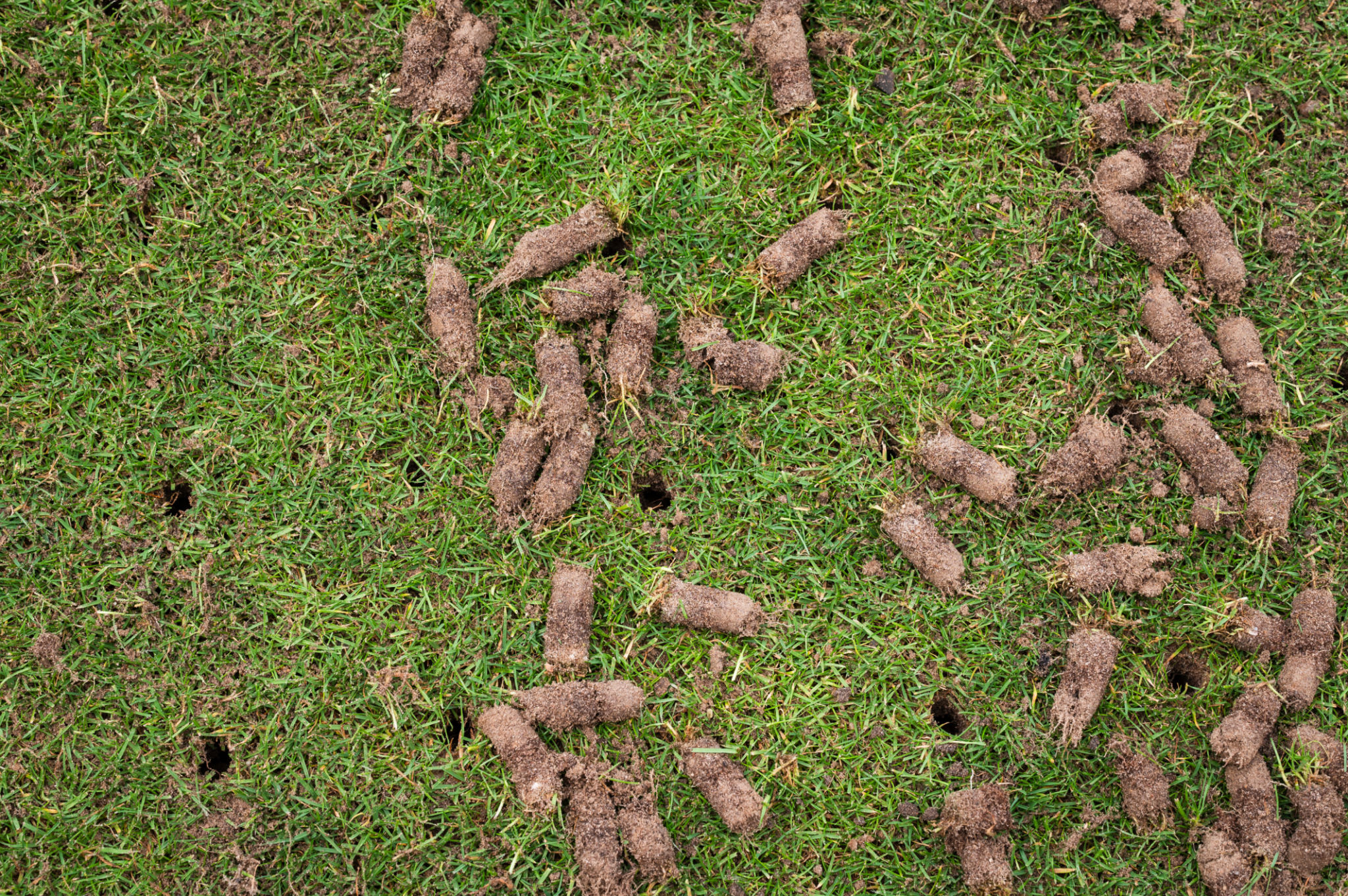Seasonal Lawn Care Tips for Brampton Homeowners: Preparing for Spring
Understanding Your Lawn's Needs
As the snow melts away and warmer temperatures start to emerge, it's the perfect time for Brampton homeowners to begin preparing their lawns for the upcoming spring. The transitional period from winter to spring is crucial for setting the foundation of a lush, green lawn. Understanding the specific needs of your lawn during this time can make all the difference in achieving that vibrant look you desire.
First and foremost, assess the condition of your lawn. Look for any signs of damage from winter weather such as dead patches, compacted soil, or excessive thatch. Identifying these issues early will allow you to address them promptly, ensuring a healthier lawn as the season progresses.

Clearing and Cleaning Up
Once you've assessed your lawn's condition, it's time to clear away any debris that may have accumulated over the winter months. Remove fallen branches, leaves, and other debris that could hinder new growth. A thorough cleanup will enable sunlight and nutrients to reach the grass more effectively.
Raking is a crucial step in this process. It not only helps in removing debris but also breaks up any thatch buildup. Thatch is a layer of dead grass and roots that can suffocate your lawn if left unchecked. By raking, you help improve air circulation and promote healthier growth.

Soil Aeration and Fertilization
Aerating your lawn is an essential task in preparing for spring. This process involves perforating the soil with small holes to allow air, water, and nutrients to penetrate the grass roots. Aeration helps alleviate soil compaction and promotes stronger root development, leading to a more robust lawn.
Following aeration, fertilization becomes highly effective. Choose a balanced fertilizer that provides essential nutrients like nitrogen, phosphorus, and potassium. Proper fertilization will give your lawn the boost it needs to thrive during the spring growing season.

Seeding and Overseeding
If your lawn has bare spots or areas with thinning grass, seeding or overseeding can help restore its lush appearance. Choose a grass seed that is suitable for the Brampton climate and matches your existing lawn type. Overseeding involves spreading seed over existing grass to thicken it.
For optimal results, ensure that the seeds have good contact with the soil. Lightly rake the surface after seeding and water regularly to encourage germination. Consistent watering is critical during this stage to support new growth.
Regular Mowing Practices
Once your lawn starts growing again, it's important to establish a regular mowing routine. Keep your mower blades sharp to ensure clean cuts and avoid damaging the grass. Set your mower height appropriately; cutting too short can stress the grass and lead to weed invasion.
A general rule of thumb is to never remove more than one-third of the grass height in a single mowing. This practice helps maintain healthy grass and reduces stress on your lawn, allowing it to recover more quickly.

Pest and Weed Control
Spring is also an ideal time to tackle pest and weed control. Monitor your lawn for any signs of pests like grubs or chinch bugs, as they can cause significant damage if left unchecked. Applying a preventive pesticide may be necessary if you notice any infestations.
Weeds can quickly overtake a lawn if not managed properly. Consider using a pre-emergent herbicide to prevent weed seeds from germinating or manually remove any existing weeds before they spread further.
Watering Wisely
Finally, establish a smart watering schedule for your lawn. Water deeply but less frequently to encourage deep root growth, which makes your lawn more drought-resistant. Early morning is the best time to water, as it reduces evaporation loss and allows your lawn to dry out during the day.
Avoid overwatering, as it can lead to fungal diseases and other issues. By following these seasonal lawn care tips, Brampton homeowners can look forward to a healthy, vibrant lawn all spring long.
